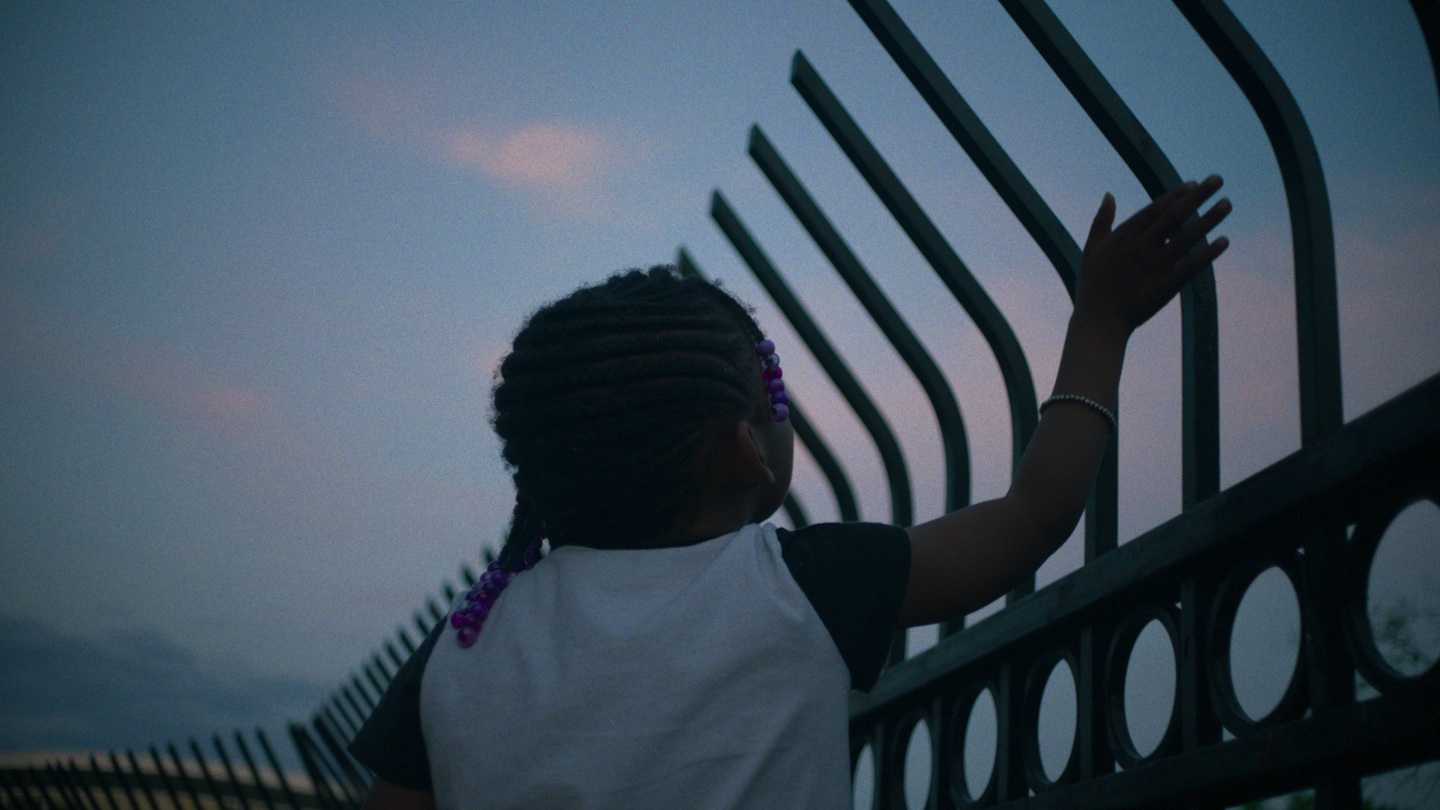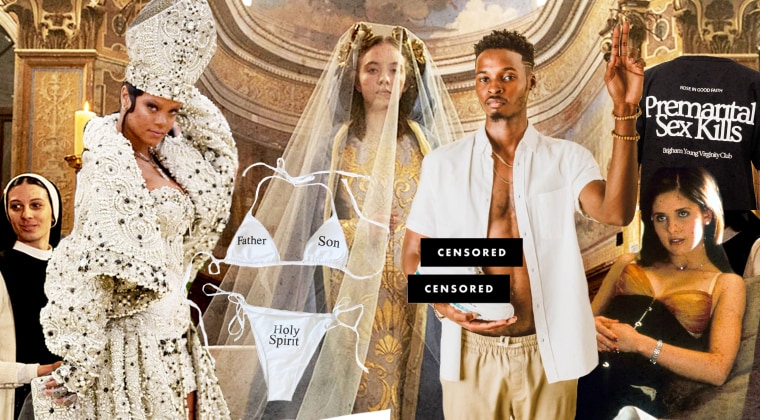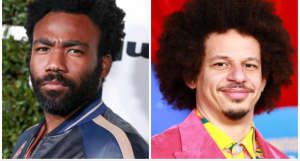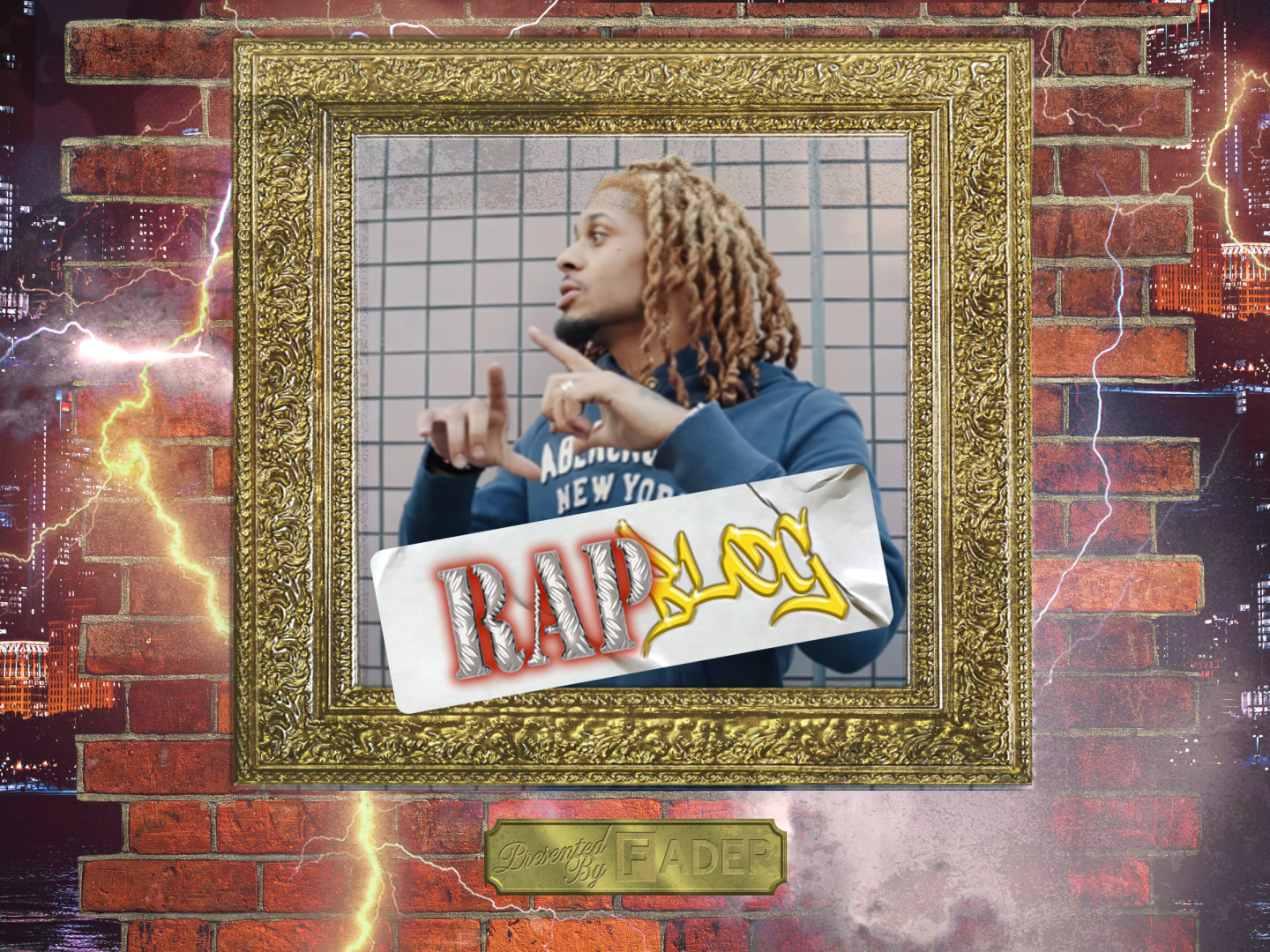Daughters, jail walls can’t keep love out”>
The hallmarks of a daddy-daughter dance are all there from the beginning of the new documentary film Daughters: pretty dresses, smart suits, a lot of Beyoncé songs. But there is one key difference. All of the fathers depicted in the film are incarcerated in Washington D.C., and their daughters are coming to visit them for an all-too-rare evening. A recent move away from face-to-face visits and towards video calls in prisons and jails means some of them haven’t seen each other in years; directors Angela Patton and Natalie Rae capture the human cost of this transition and the stakes it places on the dance. Fathers prepare for the day via a 10-week program with a parenting coach, opening up about how determined they are to be more present for their children in the future.
Daughters sits alongside excellent documentaries like Ava DuVernay’s 13th and Garret Bradley’s Time in its exploration of the reverberations of the prison-industrial complex. The film shines a light, often painfully, on the impact incarceration has on the wider family while making a passionate argument for treating institutionalized individuals, as well as their families, with respect and dignity. It also offers statistical evidence that this works: 95% of fathers who have been to a daddy-daughter dance have not returned to prison.
At its core Daughters is a film about the girls and the bravery they display as they deal with missing their father at such a young age. Five-year-old Aubrey is the “smartest one in class” and loves to practice her times tables; Santana is ten and is resentful that her father is not able to be a more active participant in her childhood, 11-year-old Ja’Ana has never even visited her father in prison before, while Raziah is 15 and struggling with her mental health. Patton and Rae neither condemn nor absolve the fathers over the decisions that led them to their position. The co-directors never disclose the men’s charges, a small example of humanity in a film overflowing with it.
Patton is CEO of Girls For A Change, a nonprofit whose mission is “to prepare Black girls for the world and the world for Black girls.” She has been organizing these dances since 2013 and gave a viral TED Talk that Rae, who formerly worked in making music videos, saw online. The pair agreed to make the documentary together eight years ago. It took until 2019 for them to find the right girls to focus on and brought in collaborators including Michael Fernandez, whose tactile cinematography elevates the tender footage of the dance itself, as well as musician Kelsey Lu who lends the film its understated piano score. Daughters won both the Documentary Audience Award and the Festival Favorite Award at Sundance; it was acquired by Netflix, where it is now streaming.
Speaking to The FADER, Patton and Rae discussed how they leaned on each other’s strengths while honoring the extraordinary group of girls whose story they chose to tell.
The FADER: Could you explain why it was important to you to tell this story predominantly from the daughters’ point of view?
Patton: There were a lot of directors who reached out to me that wanted to tell a jail story. I didn’t want to lose focus of the innocence, wisdom, and willpower of these girls, though. Where Natalie and I aligned was that we had to let the girls lead the story because it came from them. It’s our responsibility to not hijack what is their idea [a daddy-daughter dance in jail]. They had this free-spirited mindset and understood that the importance of fatherhood is to be with their fathers. They’re the true champions here.
How did you find the girls in the film and foster the relationships to the point that you’re able to capture such intimate footage?
Rae: We had to really spend our time researching and getting to know people. The mindset you have behind the camera makes an impact on it, so that was important that we were aligned on our vision. We’re very careful with who we bring into those spaces. Our cinematographer had a parent who was incarcerated. It’s very much about sitting together and feeling comfortable. We follow the girls’ leads, too. If they don’t want to talk about something we’re not going to push them. Over the months and years we spent sitting on their bedroom floors the camera soon becomes invisible.
Can you speak to why you decided against revealing why any of the men are actually in prison?
Patton: There were several reasons. For me and Natalie it was about the girls leading and they never asked why their fathers were in prison. Being an active listener means paying attention to what the doc is showing you. We had to listen to the girls and how they wanted to be represented. It would be a different film if we did reveal that and it wasn’t the one we wanted to make. Daughters is a love story, not a jail story.
Rae: A non-judgemental mindset is incredibly important to a documentary filmmaker. These girls deserve love and if they are innocent why are they to suffer the consequences of anything their fathers did? It puts the parent child relationship at the center of everything and I’m glad we made the decision that we did.
The footage from the dance itself is incredibly emotional. What are your memories of that day?
Patton: I have done so many of them now but I still have to get my emotions under control. Watching the girls arrive and meet their fathers and when they get to take a photo together, I have to take myself to the bathroom and get myself together. They take your phone away from you but as soon as I get it back I always make sure to call my father and tell him again that he has been this angel in my life. Father-daughter relationships don’t always make it to the screen and that’s a shame because there is such strength in them and it does show up as we grow into women. I never understood how grateful I was until I was able to be with these young girls sharing their experiences.
Rae: The burden of shooting this dance took a lot of conversation and planning. We wanted to do it justice with the emotion and the intimacy of the occasion. We decided to shoot on 16mm film which was a risk, as it only allowed us to have two cameras in the room. It was vital to capture those moments of light and the human quality of what was happening. Our cinematographer said he wasn’t sure if anything he shot would be in focus because he was crying so much shooting on that day. The whole day was overwhelming.
Is there something specific about dancing that makes these occasions work? I feel like it wouldn’t be the same if it was a picnic or swimming that they were doing together…
Patton: There are lots of things happening at a dance that bring people together. We play games and eat food. There is a comedian in the room making jokes and helping to break the ice. It’s an intimate space and people are able to express themselves. One thing I know that we have done to heal ourselves in the Black community is dancing and music. You put that on and suddenly things don’t matter. At that point we can connect with our loved ones and be a community. It is a tradition of how Black people have healed and survived. That is irreplaceable.




